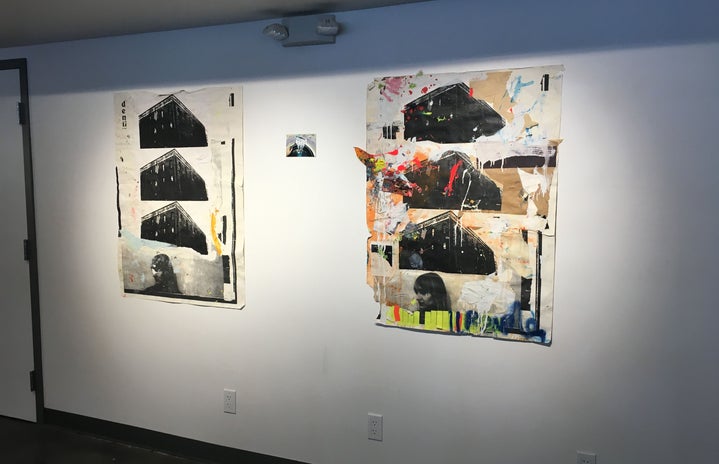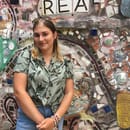Maria Garcell hadn’t visited a museum in months; with her mask on and temperature checked at the door, she walked further into the El Museo del Barrio. What she found was an explosion of creativity and joy, even amid a pandemic.
“It felt very nice to have a museum so close to the community,” Garcell, 23, said. “And one that was created by the community, at that.”
A Cuban immigrant, Garcell felt a connection to the museum, dedicated to Latinx art and artists. The current exhibition, titled “Taller Boricua: A Political Print Shop in New York,” helped her learn about Latinx politics’ history through vibrant fliers that lined the walls.
As for the safety measures that require social distancing and masks?
“It didn’t feel any different to me,” Garcell said. “It just felt like a normal experience.”
Although relatively small and unassuming, El Museo packs a powerful punch and has a rich history. Located in Upper Manhattan on Fifth Avenue, the museum was established by Rafael Montañez Ortíz in 1969 to address the lack of diversity in the New York educational system.
Ever since, the museum has displayed many artists and boasts 8,000 objects in their permanent collection that, according to their website, “spans more than 800 years of Latin American, Caribbean, and Latino art.”
After COVID-19 forced them to close their doors in March, the museum recently reopened with a timed ticket system. Faith McLaughlin, 24, thought this was the best route. While walking through the colorful print exhibit on display, she confessed that she might not have come at all if they hadn’t been taking precautions.
“When I got there, and I saw that they were taking temperatures and requiring masks, it made me feel better about being there,” McLaughlin said.
The museum also remains relatively empty, allowing visitors to connect with the work in front of them; there are no hordes of people crowding around the same piece, no one elbowing their way to the front to snap a selfie with a painting. For instance, Zack Porter examined a flier from 1973 that displayed what looked like a boiled egg against a primary blue background without any worry.
“It’s nice to not feel rushed,” Porter, 34, said. “I can take my time.”
And taking your time in the El Museo is important: despite there being a multitude of prints, each one demands attention. One image of a mother holding her child and a gun reads, “Asia, Africa, America, Latina One Enemy One Struggle.” Another displays event details for a rally demonstration, stating “Be there! Help bring back realidades.”
The work in El Museo matches the overall tone and creates a special environment that allows visitors to learn about Latinx culture. A poster at the front reads, “ART AS SURVIVAL,” a message that feels hopeful and relevant while we continue to navigate through this pandemic.



